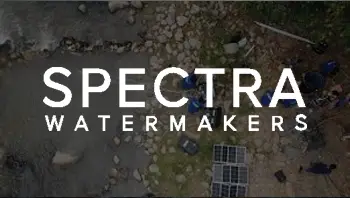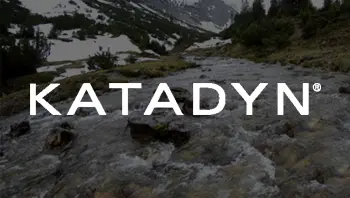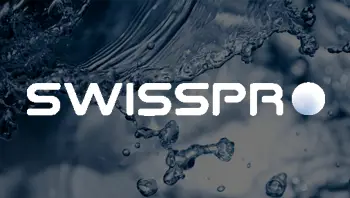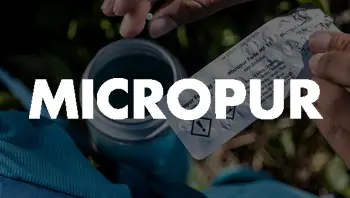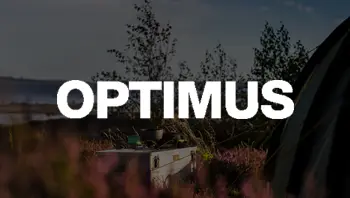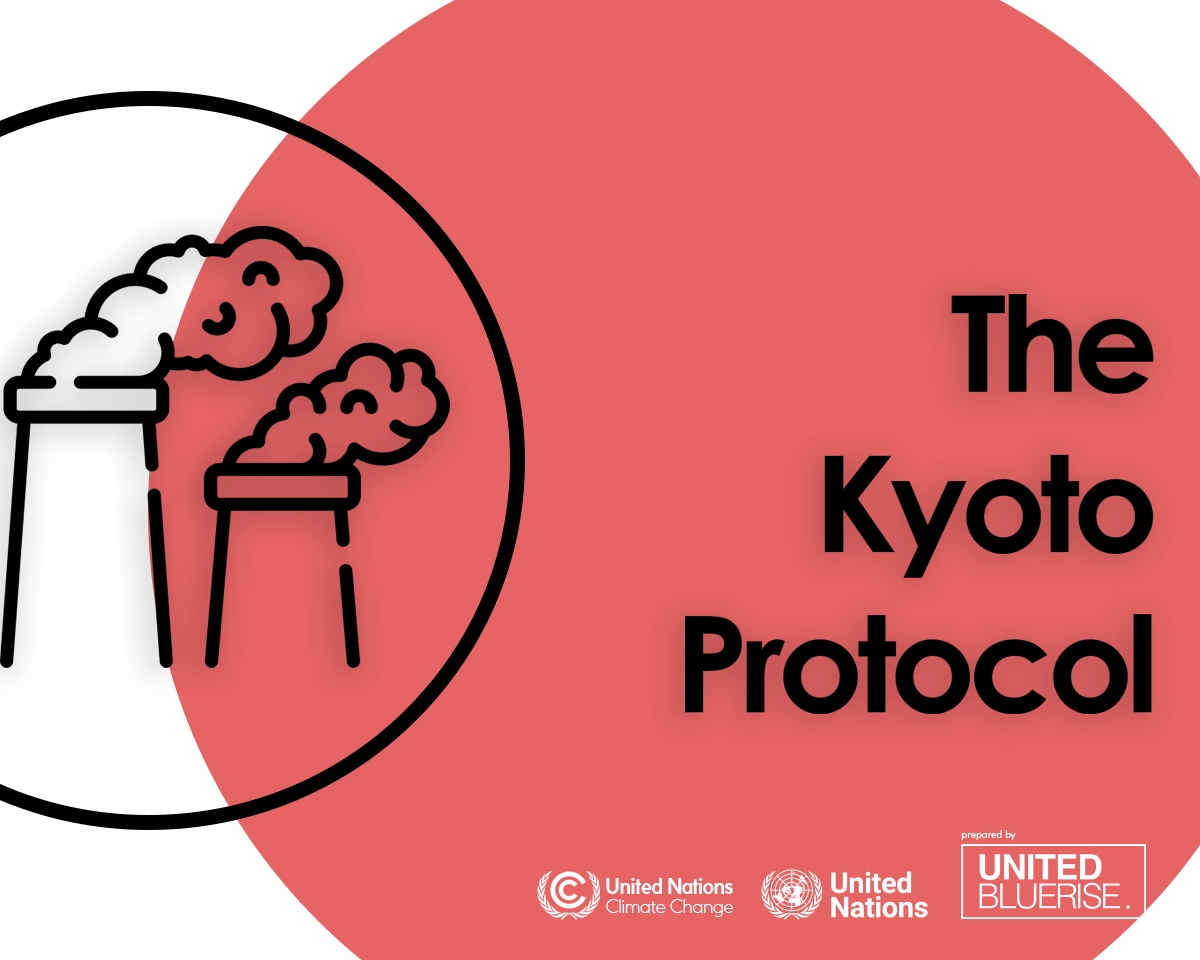The Kyoto Protocol operationalizes the United Nations Framework Convention on Climate Change by committing industrialized countries and economies in transition to limit and reduce greenhouse gases (GHG) emissions in accordance with agreed individual targets. The Convention itself only asks those countries to adopt policies and measures on mitigation and to report periodically.
The Kyoto Protocol is based on the principles and provisions of the Convention and follows its annex-based structure. It only binds developed countries, and places a heavier burden on them under the principle of “common but differentiated responsibility and respective capabilities”, because it recognizes that they are largely responsible for the current high levels of GHG emissions in the atmosphere.
The Kyoto Mechanism
One important element of the Kyoto Protocol was the establishment of flexible market mechanisms, which are based on the trade of emissions permits. Under the Protocol, countries must meet their targets primarily through national measures. However, the Protocol also offers them an additional means to meet their targets by way of three market-based mechanisms:
- International Emissions Trading
- Clean Development Mechanism (CDM)
- Joint implementation (JI)
Clean Development Mechanism (CDM): The Clean Development Mechanism (CDM) is one of the flexible mechanisms established under the Kyoto Protocol to promote greenhouse gas emissions reductions in developing countries while also promoting sustainable development.
The CDM allows developed countries to invest in emissions reduction projects in developing countries and receive Certified Emission Reduction (CER) credits in return. These CER credits can then be used by developed countries to meet their own emissions reduction targets.
To participate in the CDM, a developing country must first establish a Designated National Authority (DNA) to oversee CDM projects within the country. The DNA is responsible for approving and registering CDM projects, and for ensuring that the projects meet the requirements of the CDM.
CDM projects can involve a range of activities, including renewable energy projects, energy efficiency improvements, and carbon capture and storage. These projects must demonstrate that they would not have happened without the CDM, and that they contribute to sustainable development in the host country.
Joint Implementation (JI): Joint Implementation (JI) is one of the flexible mechanisms established under the Kyoto Protocol to promote greenhouse gas emissions reductions among developed countries.
Under JI, developed countries can invest in emissions reduction projects in other developed countries and receive Emission Reduction Unit (ERU) credits in return. These credits can be used to meet the emissions reduction targets of the country that purchased them.
To participate in JI, a developed country must first establish a Joint Implementation Supervisory Committee (JISC) to oversee JI projects within the country. The JISC is responsible for approving and registering JI projects and ensuring that the projects meet the requirements of the JI.
JI projects can involve a range of activities, including renewable energy projects, energy efficiency improvements, and carbon capture and storage. Like the Clean Development Mechanism (CDM), JI projects must demonstrate that they would not have happened without JI, and that they contribute to sustainable development.
International Emissions Trading (IET): International Emissions Trading (IET) is a mechanism established under the Kyoto Protocol that allows developed countries to trade their assigned amounts of greenhouse gas emissions allowances with each other. Each allowance represents one tonne of CO2 equivalent.
Under the Kyoto Protocol, developed countries were assigned individual targets for reducing their greenhouse gas emissions. International Emissions Trading allows these countries to buy and sell emissions allowances with each other, giving them the flexibility to meet their reduction targets in a cost-effective manner.
Countries that are able to reduce their emissions below their assigned targets can sell their excess allowances to other countries that have not been able to meet their targets. This creates an economic incentive for countries to reduce their emissions beyond what is required, as they can then sell their surplus allowances and generate revenue.
IET is intended to promote cost-effective and efficient greenhouse gas reduction efforts among developed countries while also facilitating the transfer of cleaner technologies to developing countries. However, IET has been criticized for potentially allowing developed countries to avoid making significant emissions reductions by purchasing allowances from other countries, rather than making emissions reductions at home.
Article: QL-7125
Source: unfccc.int/kyoto_protocol
